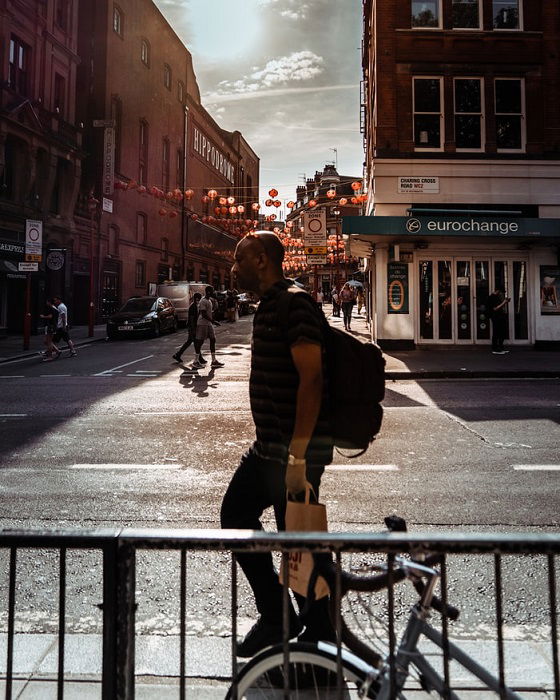See This Report about Framing Streets
Excitement About Framing Streets
Table of ContentsFraming Streets - An Overview5 Easy Facts About Framing Streets ShownWhat Does Framing Streets Mean?Framing Streets for DummiesThe smart Trick of Framing Streets That Nobody is DiscussingThe Of Framing Streets
, generally with the objective of recording pictures at a crucial or poignant moment by careful framing and timing. https://myanimelist.net/profile/framingstreets1.
Subsequently his boots and legs were well defined, but he lacks body or head, due to the fact that these were in motion." Charles Ngre, waterseller Charles Ngre. https://www.easel.ly/infographic/04m0k9 was the first photographer to obtain the technological elegance called for to register individuals in activity on the street in Paris in 1851. Professional Photographer John Thomson, a Scotsman collaborating with journalist and social protestor Adolphe Smith, released Street Life in London in twelve regular monthly installations beginning in February 1877
The Only Guide for Framing Streets
Eugene Atget is considered a progenitor, not due to the fact that he was the first of his kind, yet as a result of the popularisation in the late 1920s of his record of Parisian roads by Berenice Abbott, that was motivated to take on a comparable documents of New york city City. [] As the city established, Atget assisted to promote Parisian streets as a worthwhile topic for digital photography.

How Framing Streets can Save You Time, Stress, and Money.
Martin is the initial taped digital photographer to do so in London with a masked camera. Mass-Observation was a social research study organisation established in 1937 which intended to videotape everyday life in Britain and to tape the responses of the 'man-in-the-street' to King Edward VIII's abdication in 1936 to wed separation Wallis Simpson, and the succession of George VI. The principal Mass-Observationists were anthropologist Tom Harrisson in Bolton and poet Charles Madge in London, and their first report was generated as guide "May the Twelfth: Mass-Observation Day-Surveys 1937 by over two hundred observers" [] Window cleaner at Kottbusser Tor, Berlin, by Elsa Thiemann c. 1946 The post-war French Humanist School professional photographers located their subjects on the road or in the diner. Andre Kertesz.'s widely appreciated Images la Sauvette (1952) (the English-language edition was entitled The Definitive Moment) advertised the concept of taking an image at what he termed the "definitive minute"; "when kind and content, vision and composition merged into a transcendent whole" - photography presets.
Things about Framing Streets
, then an instructor of young kids, associated with Evans in 193839.'s 1958 publication,, was considerable; raw and frequently out of emphasis, Frank's images questioned mainstream digital photography of the time, "tested all the formal guidelines laid down by Henri Cartier-Bresson and Walker Evans" and "flew in the face of the wholesome pictorialism and heartfelt photojournalism of American magazines like LIFE and Time".